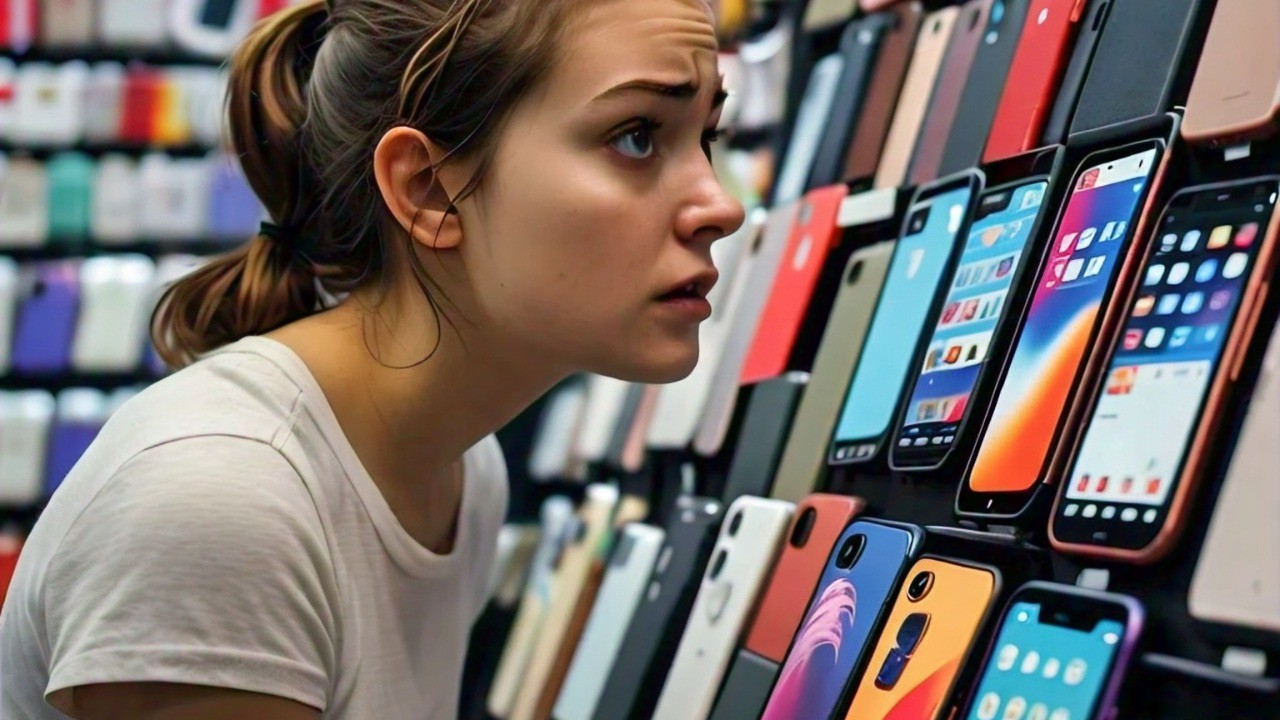
How To Create Realistic Consumer Behavior In a Simulation Game
In a previous video article, I shared How To Design Artificial Intelligence in Games — Simplified!
In this article, I show how consumer behavior can be modeled.
You may be surprised at how simple this is, yet how versatile and realistic the end result can be.
Purchase Decisions
Consumers are people who buy things.
Typically, consumers make their purchase decisions based on three factors: Price, Features, and Brand.
- Price is the cost of the item.
- Features are the properties and benefits offered. For example, for a smartphone this may include display size, weight, battery life, camera quality, reliability, app ecosystem, and more.
- Brand is how we feel about the company offering the product. Do we know, like, and trust the company?
Pretty straightforward so far.
One may argue that *emotion*should also be a factor, since humans are more emotional than logical. And that may be true — this methodology can be expanded to include any factor we want.
Let’s continue …
Consumer Profiles
Consumers have varying concerns that are a mix of the three factors above. Let’s consider some consumer profiles (personas):
- Preston is a price-conscious consumer. He wants to buy the lowest-price product and will not pay more for features or brand. Preston = 100% Price.
- Febe wants the most feature-rich product and is willing to pay more for it. Febe is also willing to take a chance on an unknown company. Febe = 100% Features.
- Brandy is a brand-conscious consumer. She wants to buy from the brand she knows, likes, and trusts and is willing to pay more and have fewer features. Brandy = 100% Brand.
In reality, consumer buying behavior tends to be a bit more complex than the above. So, let’s create a few more personas:
- Cameron wants a smartphone with the best camera she can afford. She is willing to pay a bit more for this and buy from an unkown company. Cameron = 50% Price + 50% Features + 0% Brand.
- Pablo loves Apple products and wants to buy the best Apple phone he can afford on a limited budget. He knows he can get more features with an Android device at a lower price, but he is loyal to Apple. Pablo = 30% Price + 0% Features + 70% Brand.
The method above allows for thousands of permutations to capture a variety of consumer profiles and behaviors.
Products
Consumers buy products. Businesses make and sell products.
Players running a business in a simulation have direct and indirect control of their products and the three factors described above — Price, Features, and Brand.
Players set the selling Priceof their products and can invest money to build Featuresand Brand.
For example, if a player invests in improving smartphone battery life and has the best in the marketplace compared to all other products, they can be assigned a score of 100% for that feature. If another player has a product with battery life that is half as good as the best, they can be assigned a score of 50%.
The same can be applied to Brand. If a product has the highest brand awareness and loyalty, it can be assigned a Brand score of 100%. All other products can be assigned lower scores based on how close they are to the Brand leader.
Assigning 100% to the best in any one factor allows us to use simple math to create mathematical comparisons. Although, this does get trickier with Price — because a low Price is better for the consumer than a high Price, so low price means higher score. And we can’t always create a linear comparison with Price — for example, how much more attractive is $500 versus $510 or $550? But I don’t want to get too much into the weeds here, so let’s move on.
Using the approach above, Product A may have scores for Price, Features, and Brand = 30%, 60%, 100%.
Product B may be 70%, 20%, 80%.
Other competing Products can be any combination of 0-100% for each of the three factors.
Affinity
Once have our consumer profiles(personas) defined and ourproduct scores, we can now determine how well each product aligns to the preferences of each consumer profile.
We do that by comparing the consumer profile numbers with the product numbers.
- Pablo= 30% Price + 0% Features + 70% Brand.
- Product A= 30% Price + 60% Features + 100% Brand.
For simplicity, I won’t work through this math here, but the result is a number that represents how closely a product matches a consumer profile. We can then award the sale to the product that best matches what Pablo is looking for. And then repeat this process for every consumer.
To achieve even more realism, we can add other factors into the mix, like inventory availability where a specific consumer lives. The possibilities are endless.
Receive this newsletter by email —
I'm Mathew Georghiou and I write about how games are transforming education and learning. I also share my experience as an entrepreneur inventing products and designing educational resources used by millions around the world. More about me at Georghiou.com